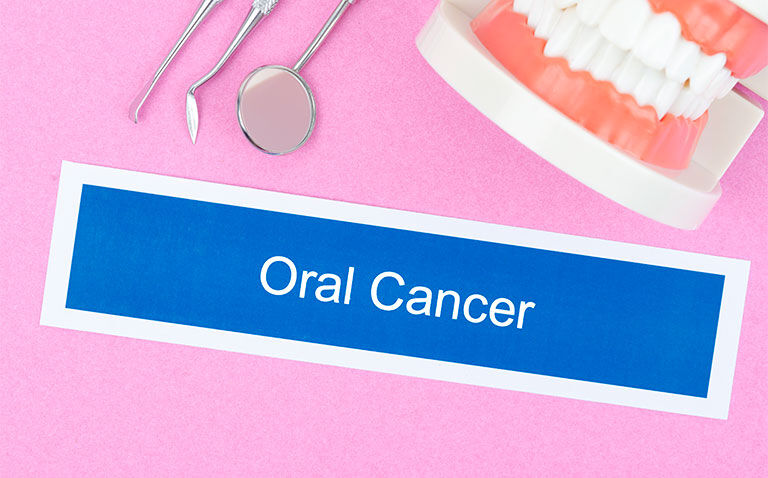A personalised oral cancer survival calculator has been found to provide a more accurate prediction of survival or mortality through the incorporation of a patient’s comorbidities.
The recently developed Oral Cancer Survival Calculator uses a novel modelling approach that gives an equal weight to the risk of death from other causes and gives a better estimate of survival in those with oral cancers.
Once an individual receives a cancer diagnosis, this becomes a focus as their main threat to survival. But the researchers sought to determine how the competing risk of death from noncancer causes affects the risk of death from oral cancer. In other words, do patients with oral cancer have a higher risk of death from other causes?
Oral cancer was selected to develop the model as the cancer develops over time and co-morbidities are an important feature.
In the study, published in the journal JAMA Otolaryngology Head and Neck Surgery, the researchers set out to design a statistical framework and accompanying Oral Cancer Survival Calculator, which factored in other pre-existing conditions, to provide personalised estimates of the probability of a patient surviving or dying from cancer or other causes.
The team used cancer data from the SEER database, SEER-Medicare linked files for co-morbidity information and the National Health Interview Survey (NHIS) – the principal source of information on the health of the civilian population in the US.
Using this data, researchers developed statistical methods to calculate natural life expectancy in the absence of the cancer, cancer-specific survival and other-cause survival. This was then applied to the oral cancer data. The main outcome of interest were the probabilities of surviving or dying from oral cancer or from other causes, and life expectancy in the absence of the cancer.
Oral cancer data model
A total of 22,392 patients with oral squamous cell carcinoma (60.5% male) and 402,626 NHIS interviewees were included. The calculator was specifically designed for use in patients aged between 20 and 86 years, with newly diagnosed oral cancer.
Using the model, researchers estimated that conditional on having survived to age 50 year, a female and male patient diagnosed with stage III cancer would have a 60% and 44% chance, respectively, of being alive at age 70 years, in the absence of their cancer.
For comparative purposes, in the general US population, the corresponding estimates are 86% and 79%, respectively – an absolute difference of 26 and 35 percentage points, respectively.
Taken together, the overall findings suggested that patients with oral cancer have a greater risk of dying of other causes than a matched US population due to the number and type of comorbidities. In fact, even after adjustment for co-morbidities, their likelihood of dying of other causes increases as their cancer stage increases.
The researchers also highlighted that survival estimates that exclude the effects of coexisting conditions can lead to under- or overestimates of survival.
This new tool provides personalised data for discussions between clinicians and patients about the place of cancer treatment in the patient’s life as a whole. It will be broadly applicable for developing future prognostic models of cancer and noncancer aspects of a person’s health in other cancers, they concluded.










